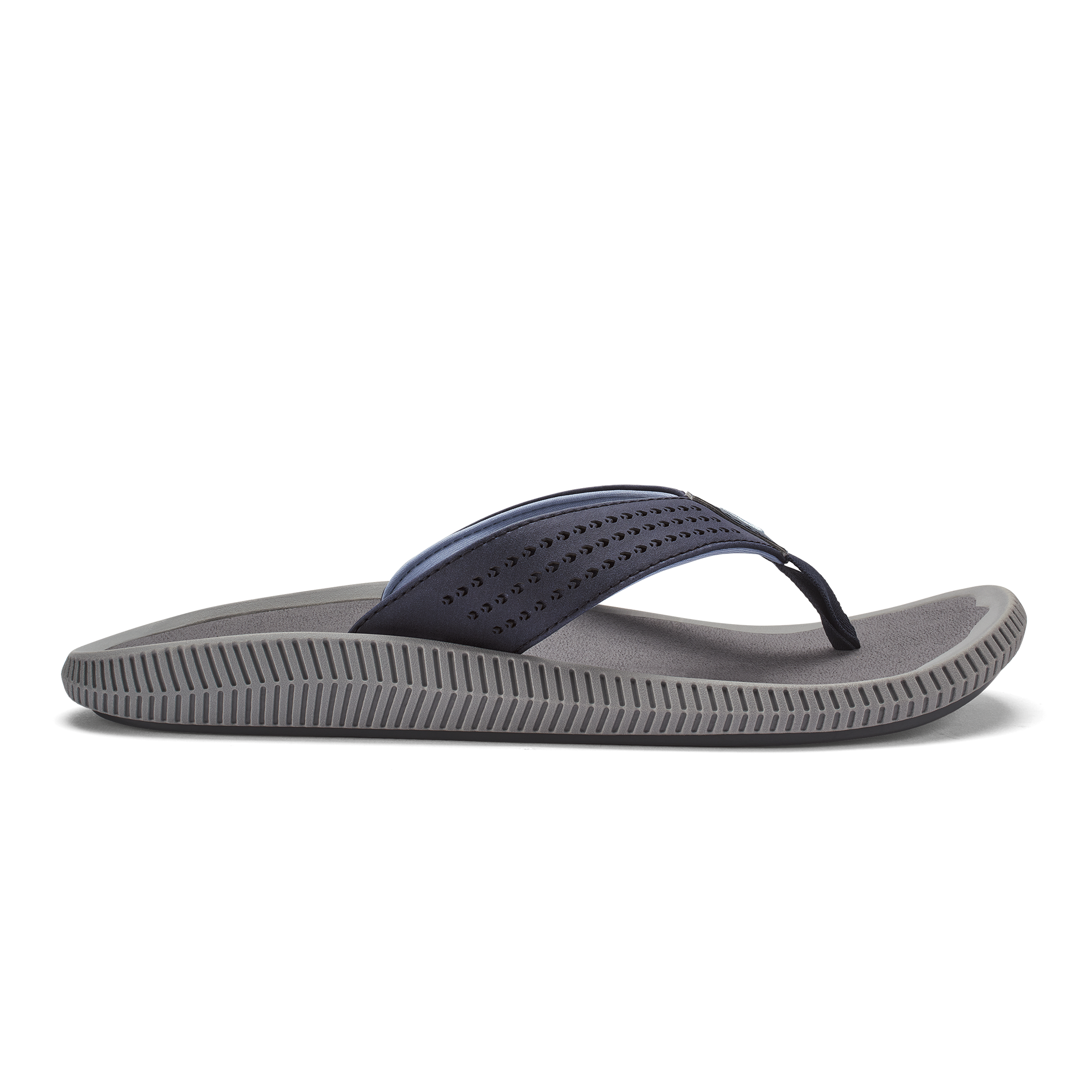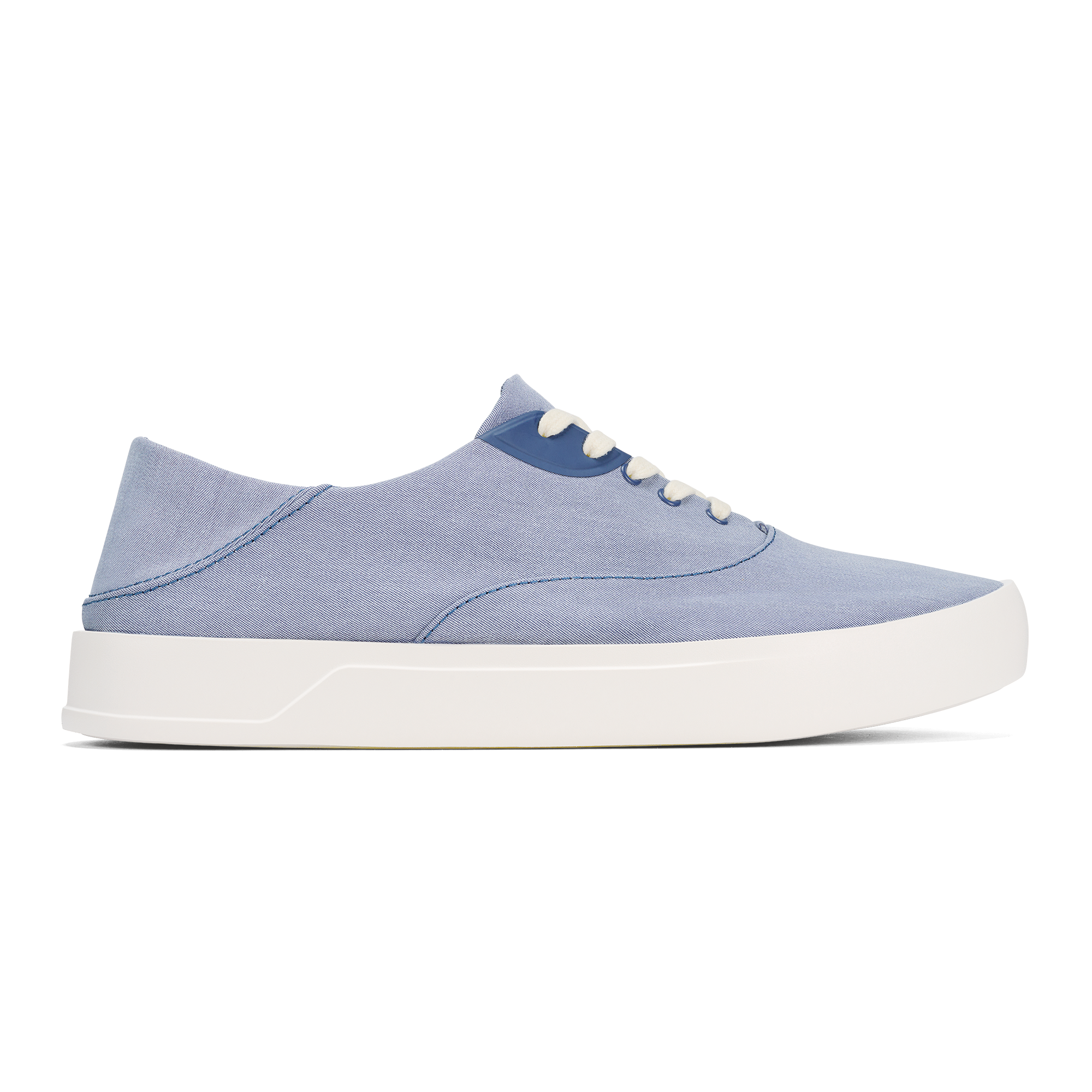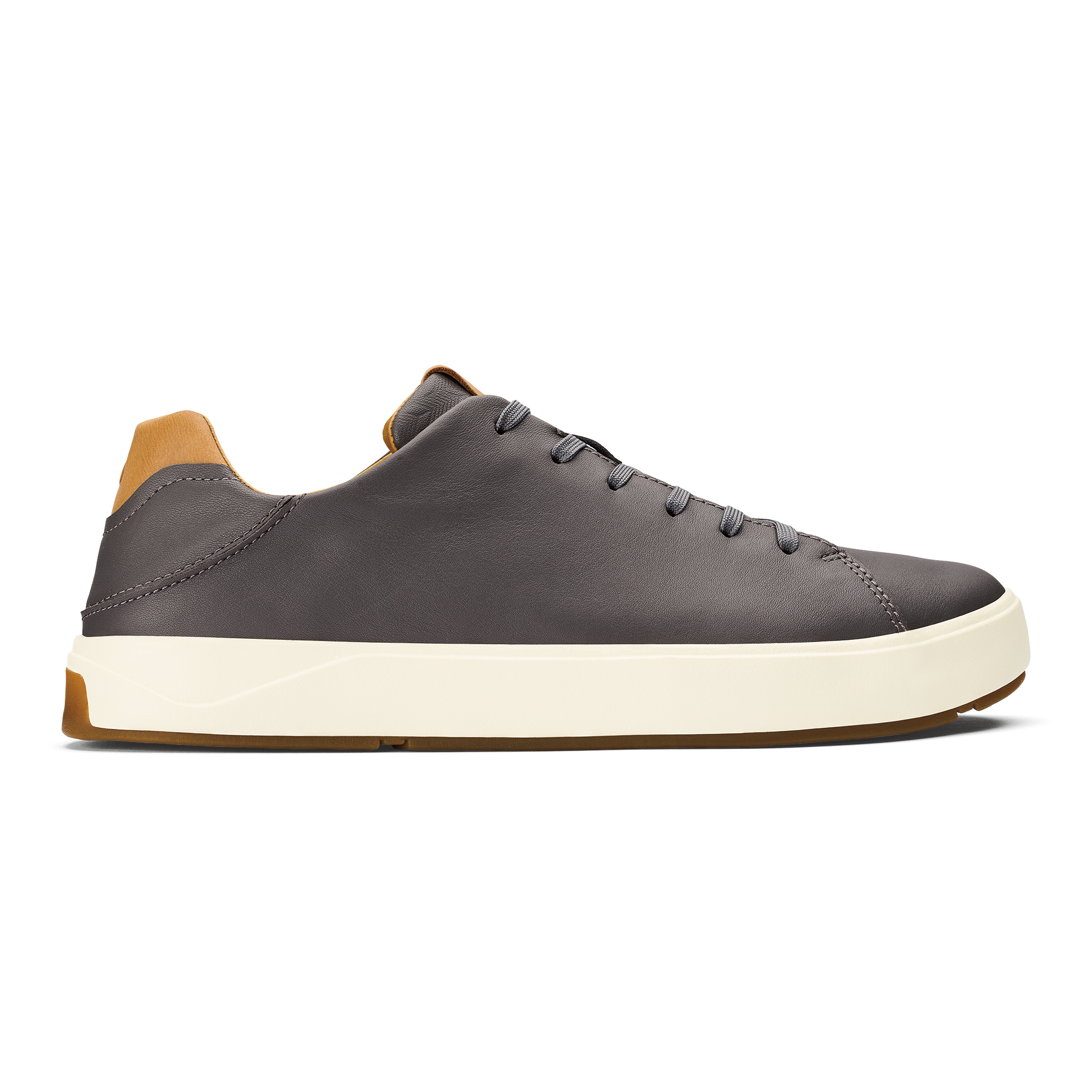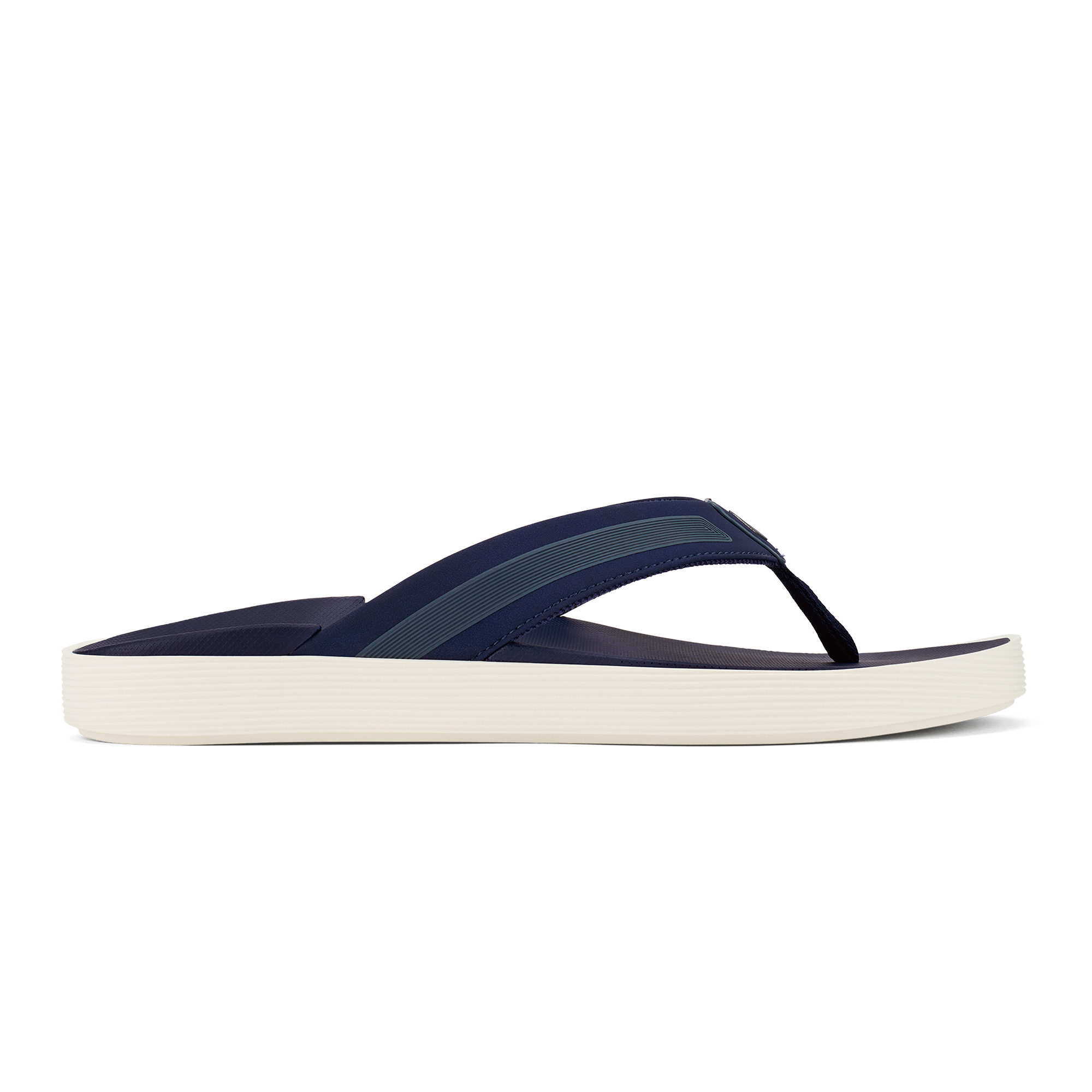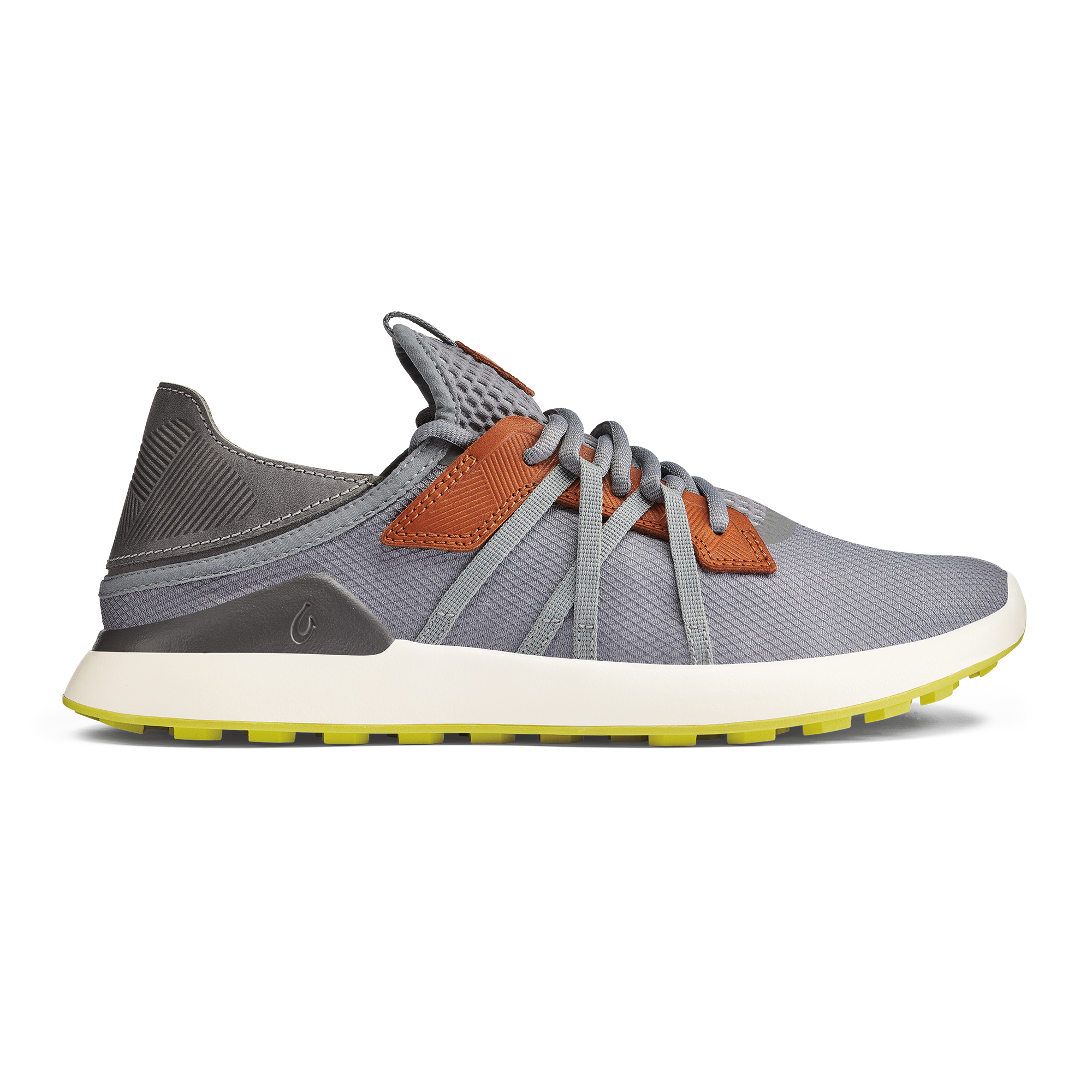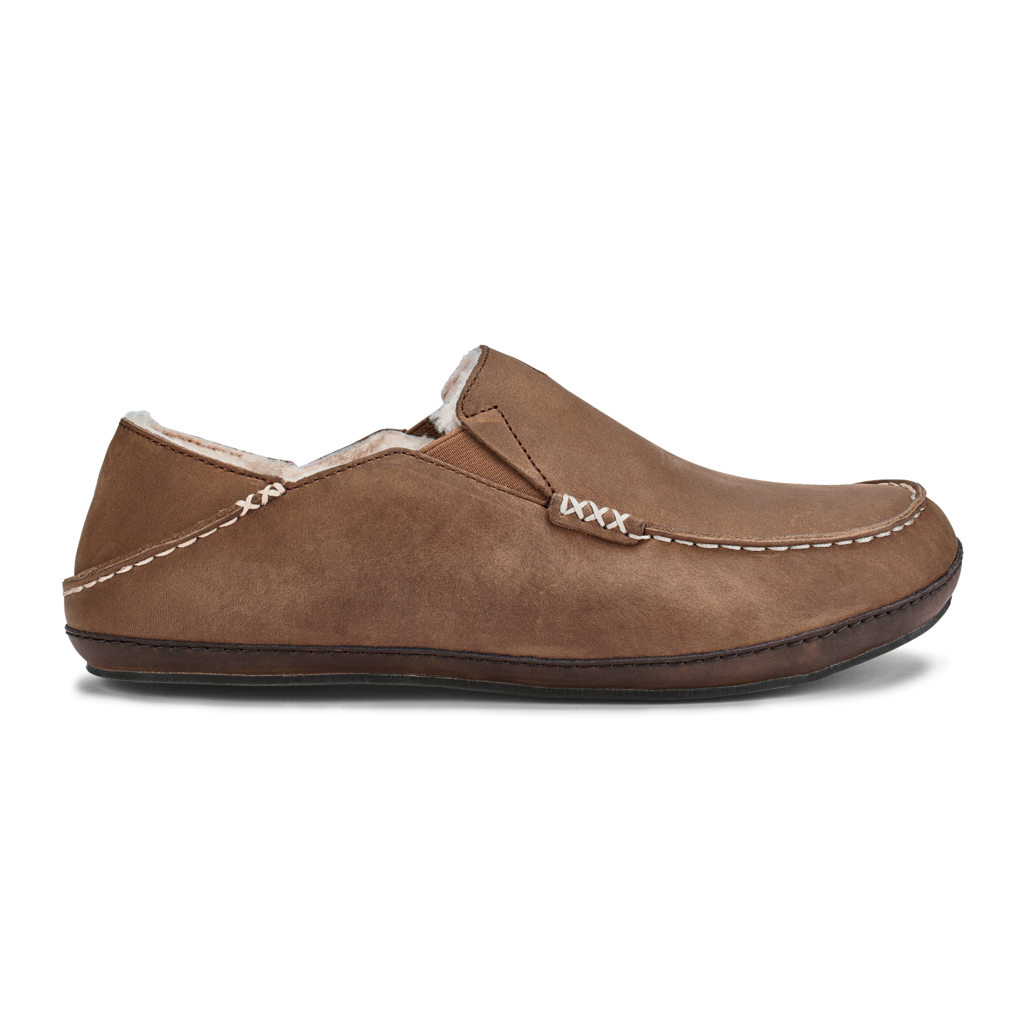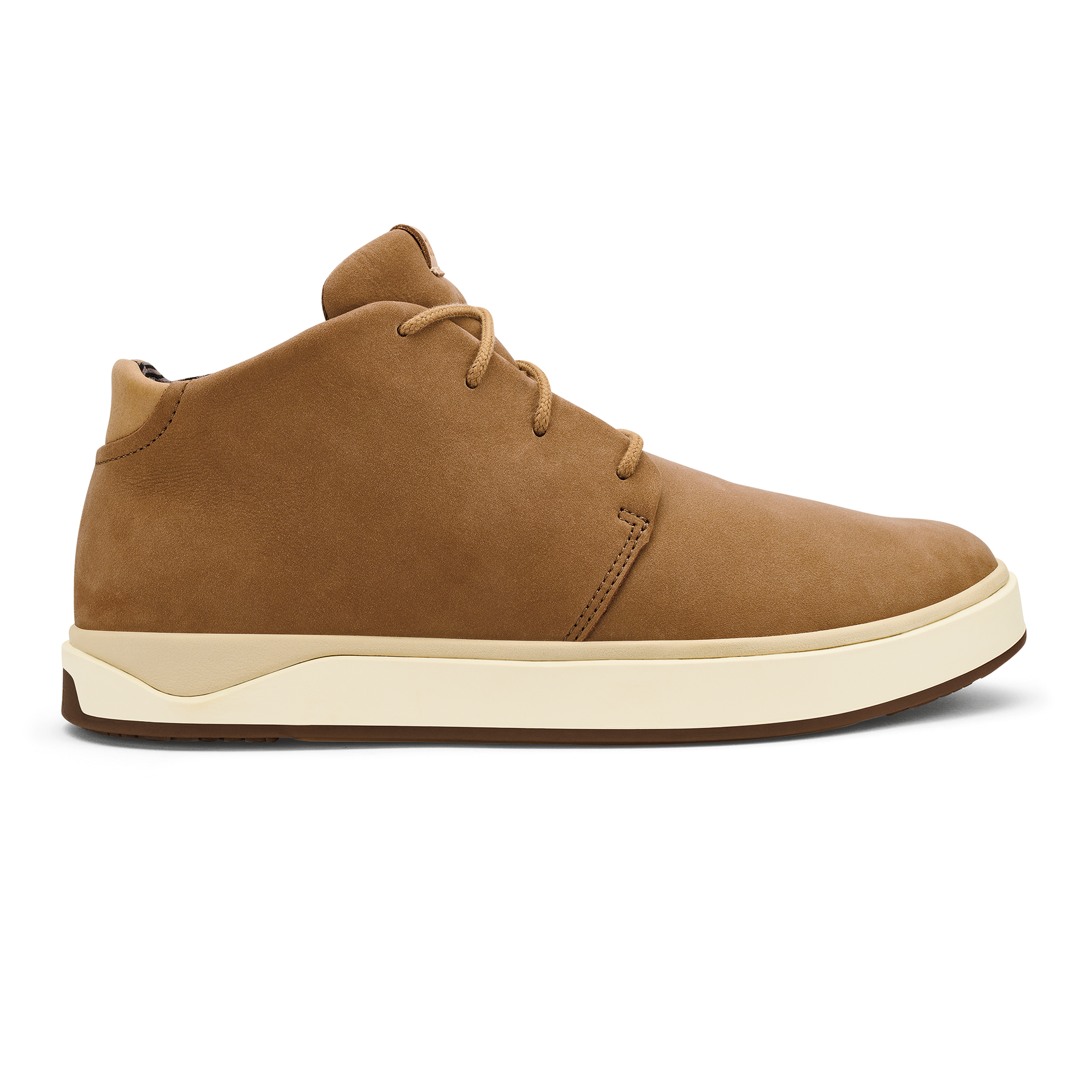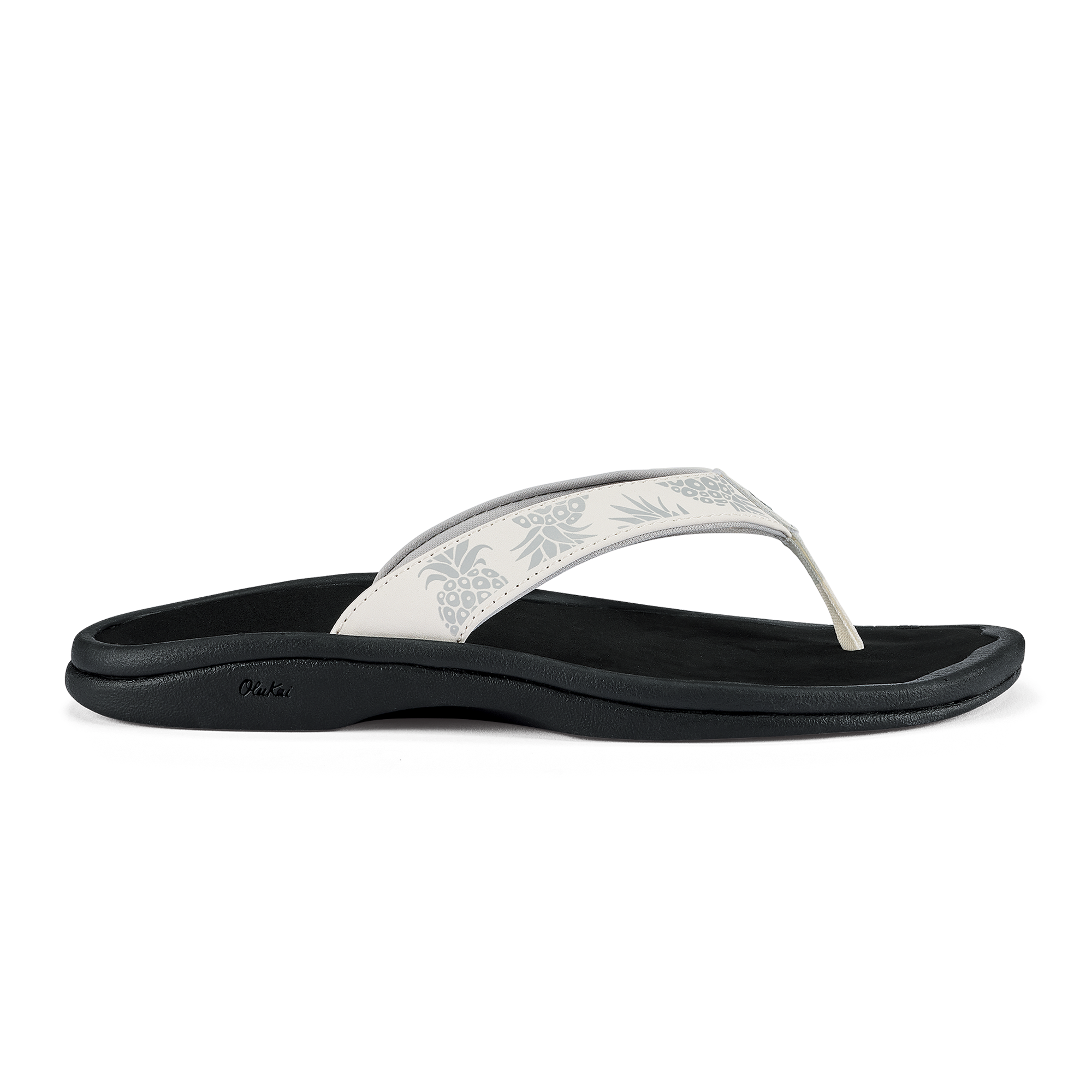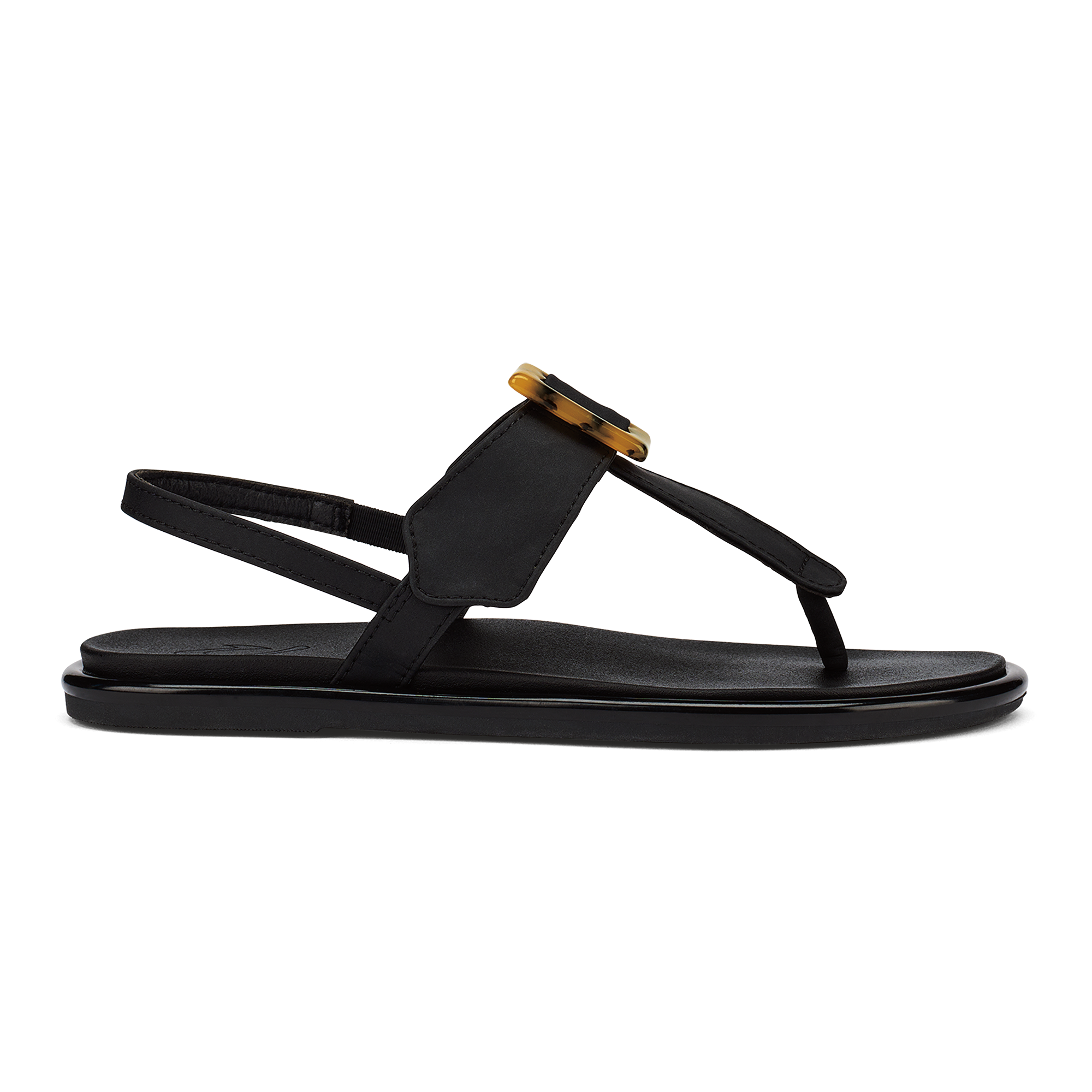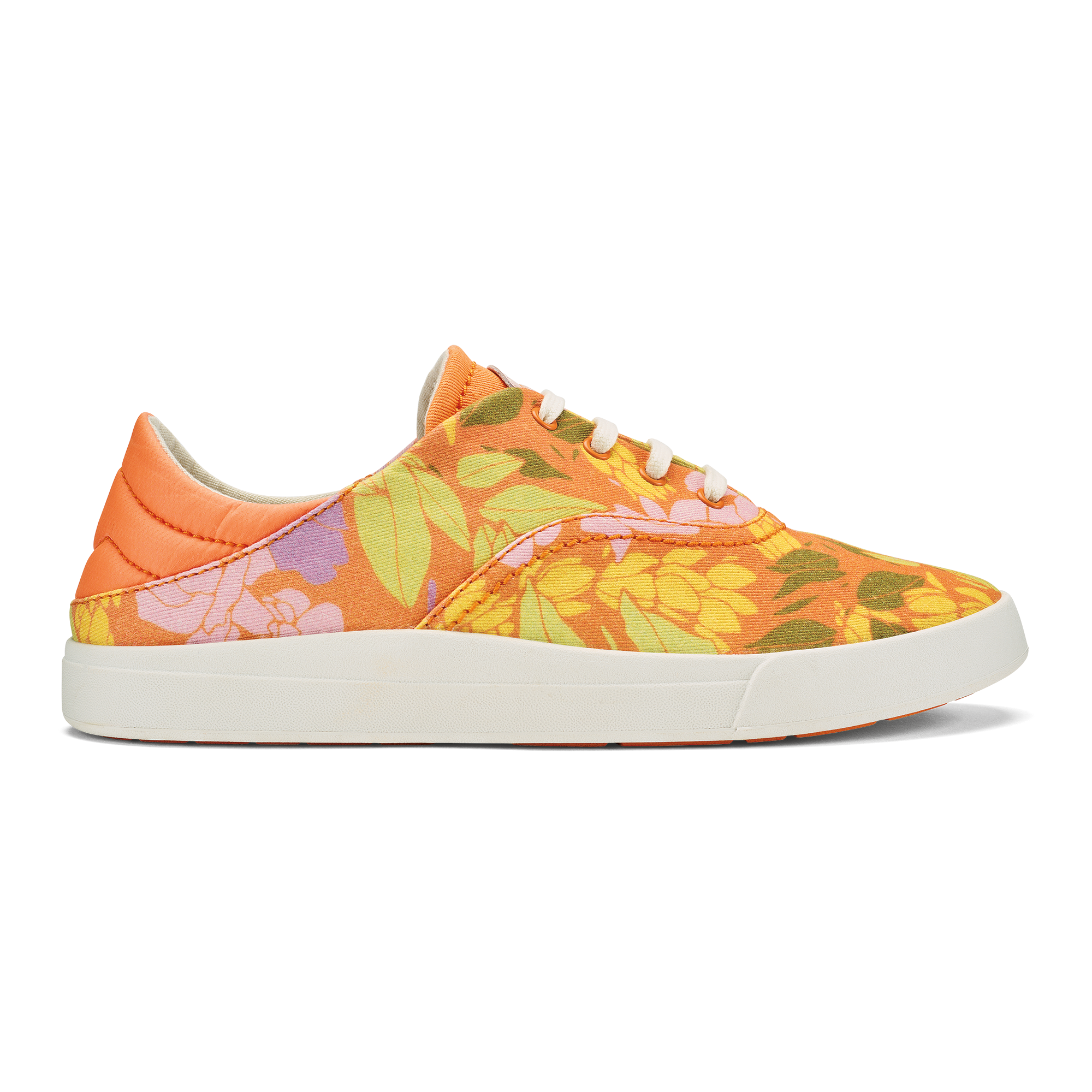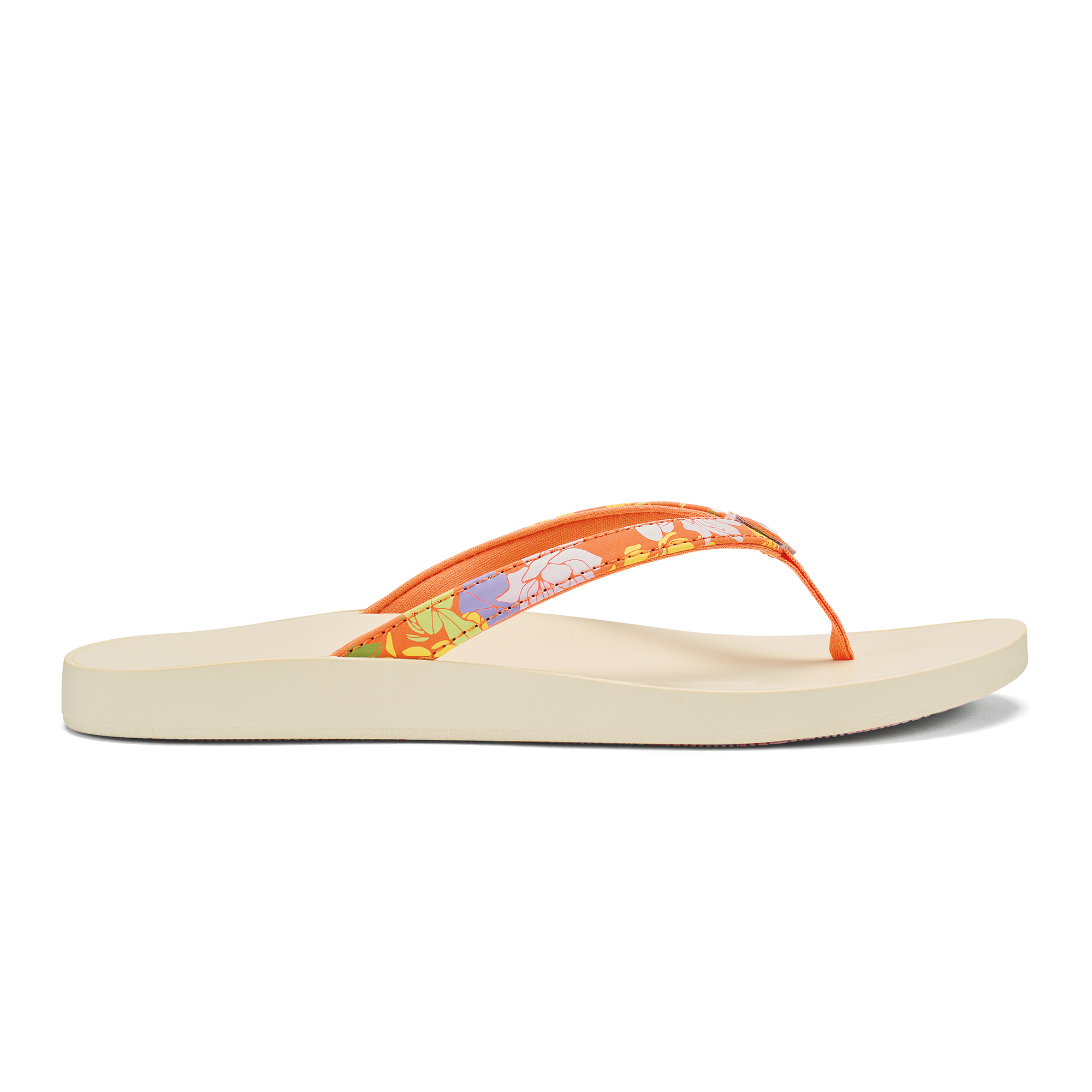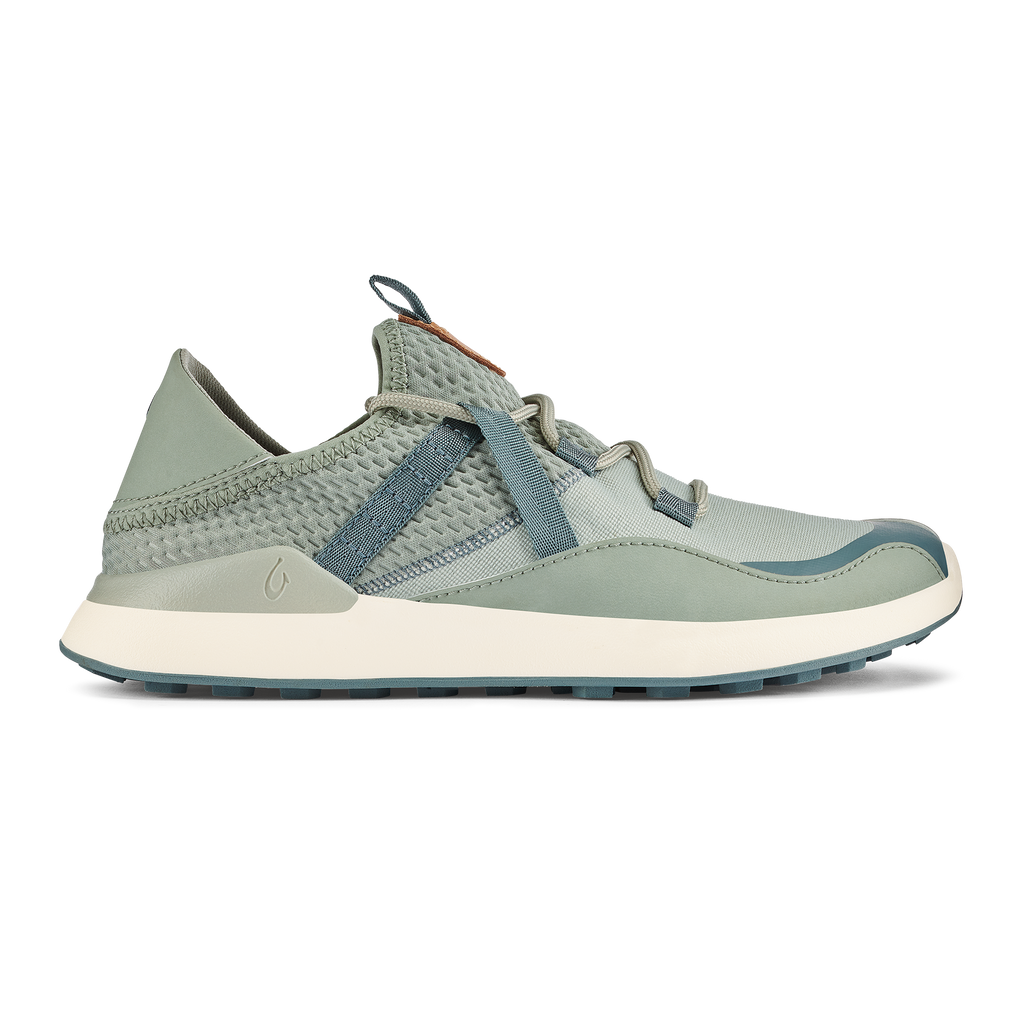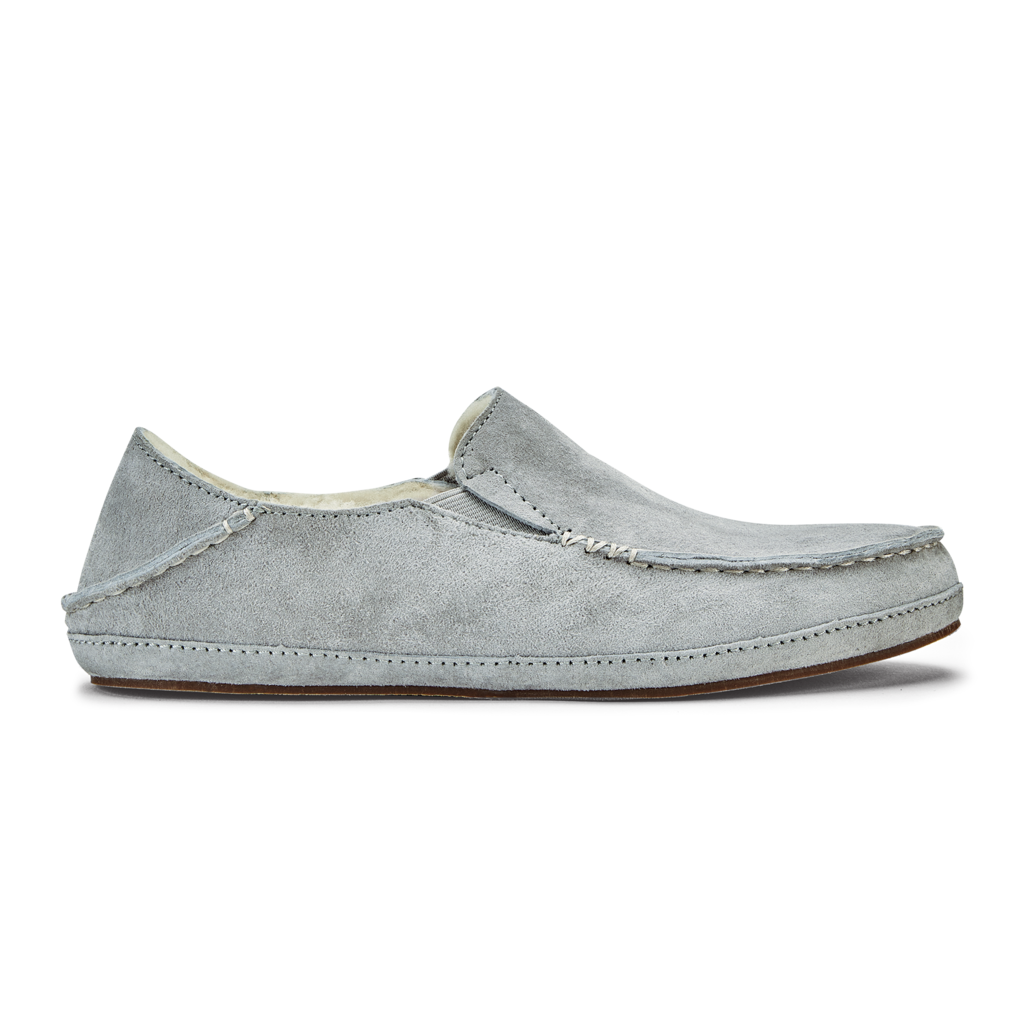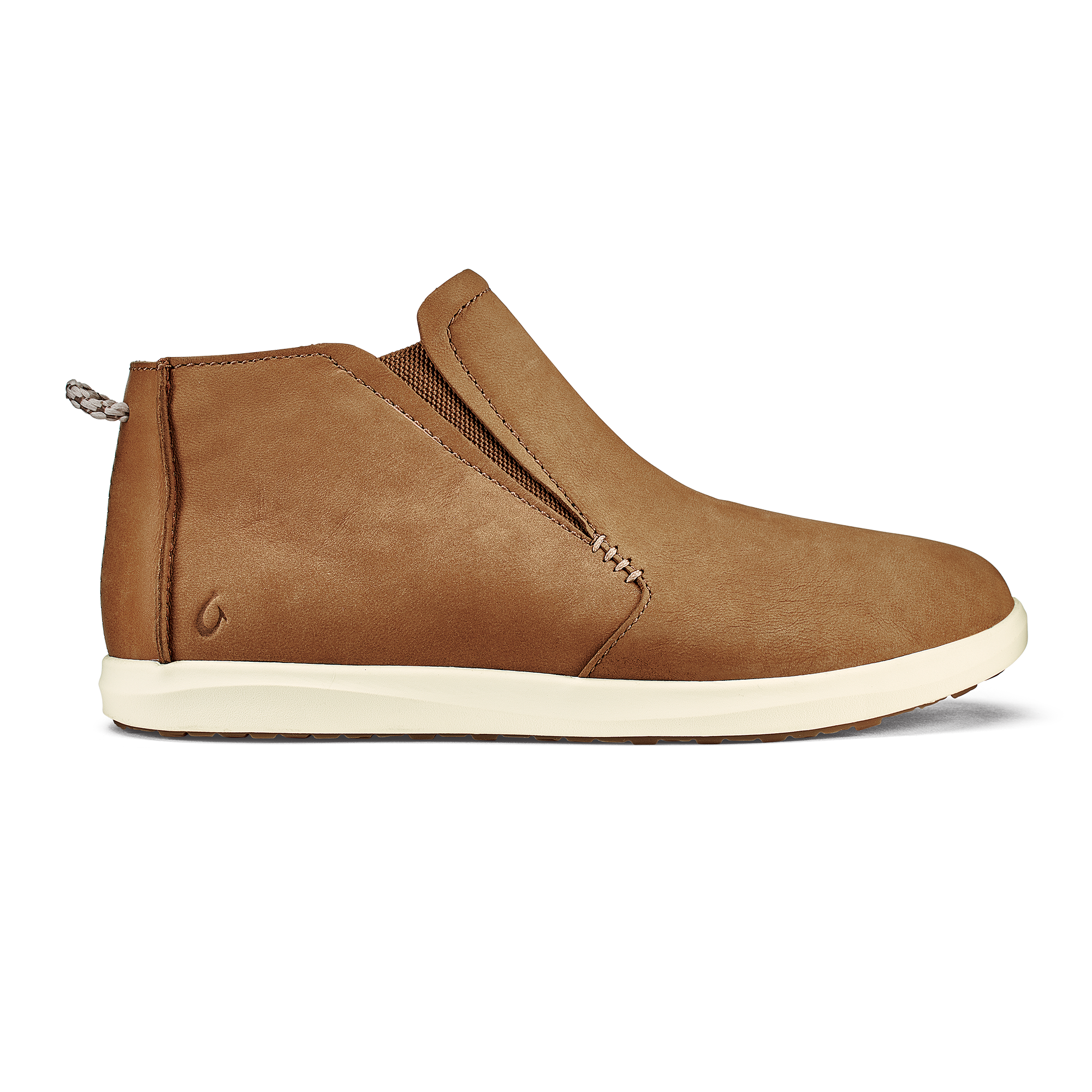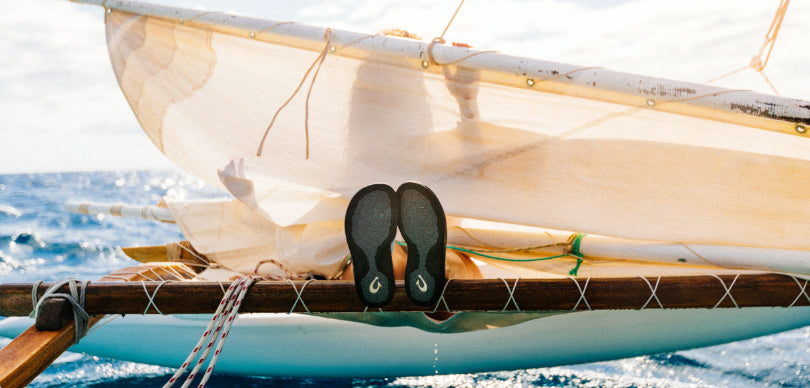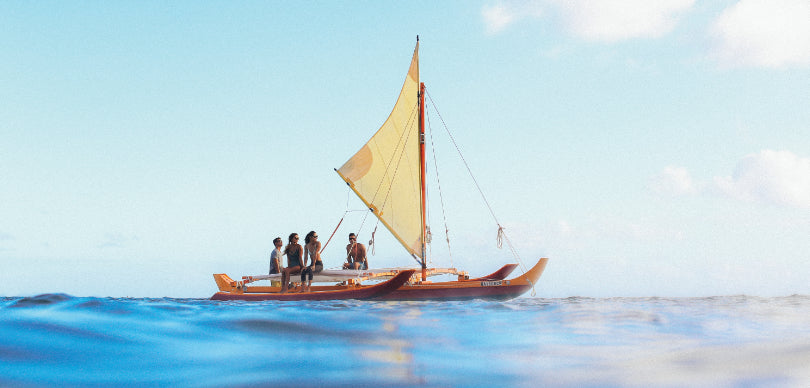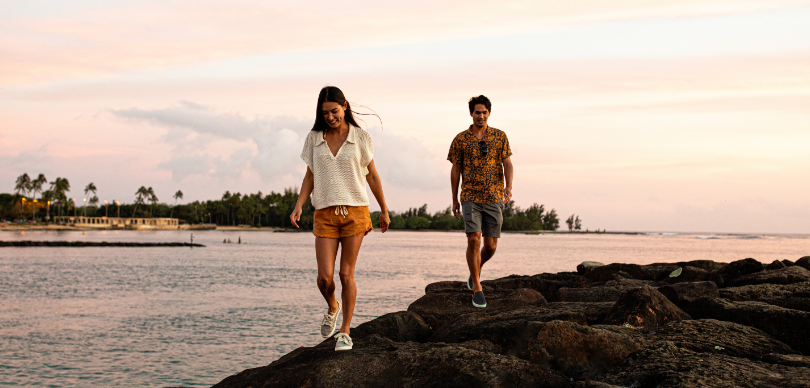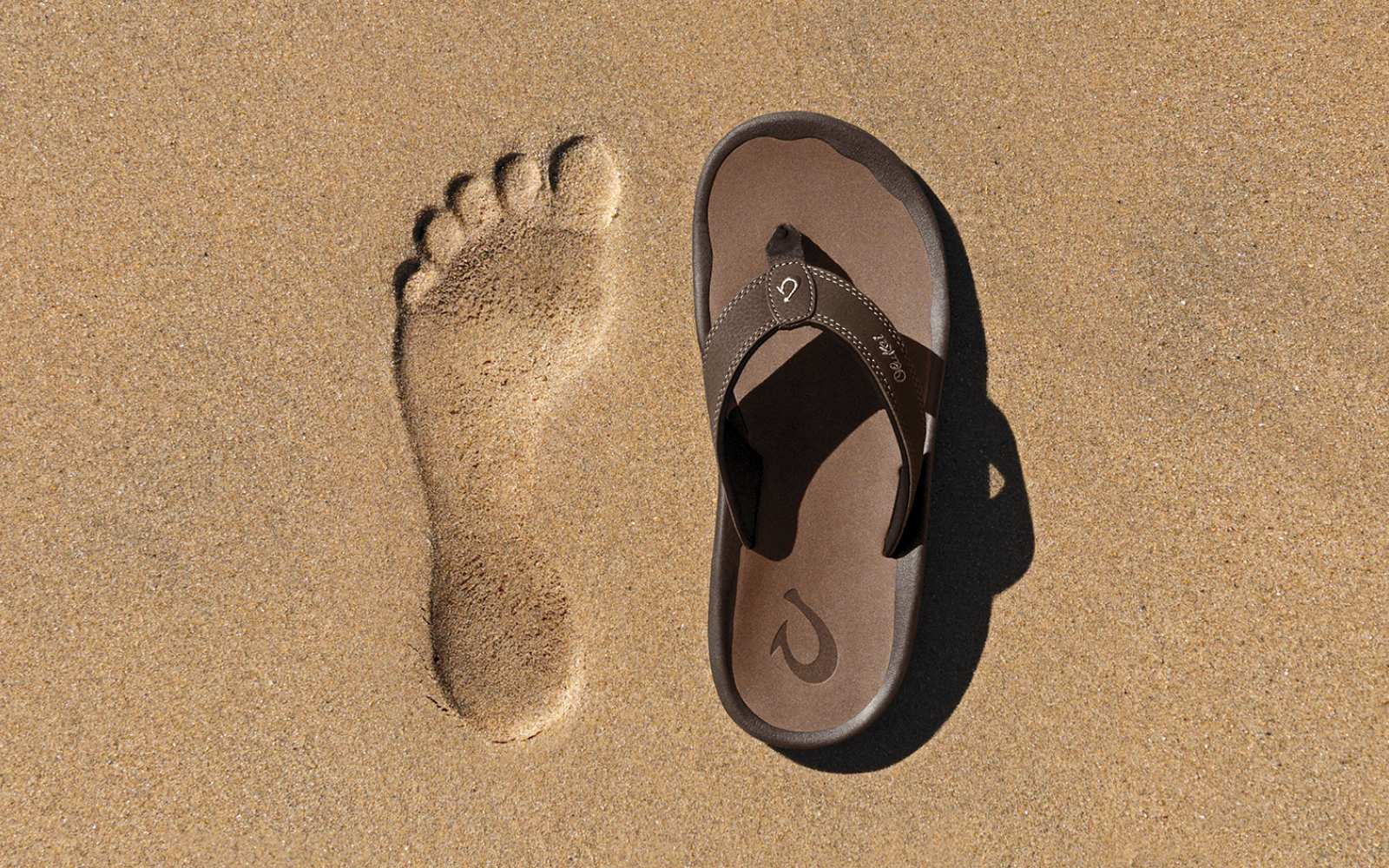Constantly keeping watch and protecting Hawai‘i’s local and visiting beachgoers, the brave men and women of the Hawaiian Lifeguard Association (HLA) are a unique and tight-knit ‘ohana. With more than 300 guards across the Islands, the dedicated family behind the HLA is committed to leading an active and healthy lifestyle, while leaving a lasting legacy of place-based knowledge for the next generation of watermen and waterwomen to come. Hawai‘i lifeguard Bryan Phillips, a 15-year veteran with 14 of those years on O‘ahu’s infamous North Shore, is part of the elite rescue watercraft unit and is assigned to Pipeline and Waimea Bay, the two most dangerous and deadly waves in the entire state. We caught up with Bryan on O‘ahu to talk training regimens, what it takes to be a Hawai‘i lifeguard, and how today’s guards are passing down lifesaving knowledge to the next generation of junior guards.
--image_block_a--
What inspired you to join Hawai‘i’s lifeguard ‘ohana?
I started out as junior guard and all the people I looked up to were lifeguards. Everyone was fit and was active in the ocean. The experience left such a lasting impression on me that I wanted to do the same thing. It’s come full circle for me because I became a full-time lifeguard and I’m also running the junior lifeguard program in the summer.
What’s your daily fitness routine on the job?
You have to be responsible with how you take care of yourself, how you eat, and how you train—cardio, weights, whatever. Every day includes assessing the ocean conditions and then basing training around what the ocean offers up. And even when I’m off duty, I stay active and eat healthy to keep my mind and body sharp.
Your role as a lifeguard must begin long before you jump in the water for a rescue?
We’re not just sitting around waiting for a rescue to happen and then going out to rescue someone—you might work a day at Waimea Bay and not do a rescue, but you’ve talked to a thousand people. And that could’ve been a thousand rescues. We’re getting down off the tower and talking to every single person on the beach. This is how it is on all sides of the island, all throughout the state. Preventative lifeguarding is the key. You have to talk to people or people are going to get in trouble and people are going to die.”
--video_block--
What’s it like to be part of the HLA ‘ohana?
The ‘ohana aspect of lifeguarding doesn’t just stop in the towers. I work with some of my best friends. We cruise together. We go to work. We’re hanging out at the beach. We train together. And we get to play in the surf and do exciting things. It’s so cool. This is what I want to do.
Why do you take on the extra responsibility of running the junior lifeguard program?
The junior lifeguard program gives the kids in our communities a place to go that’s safe. They can learn about the ocean. They can learn about lifeguarding, and they learn to respect the ocean. We teach them all the same rescue techniques we do—on the beach, rescue tube, fins and tube, surfboard. And we even introduce them to the Jet Ski. The program gets the kids more comfortable in the ocean. We teach them CPR, and it builds their confidence in and around the ocean. It’s also a cool recruiting tool for future lifeguards. I was a junior guard and became a junior guard instructor. Now I run the program on O‘ahu. It’s just cool to see these kids so psyched, because I was one of those kids.
--image_block_b--
